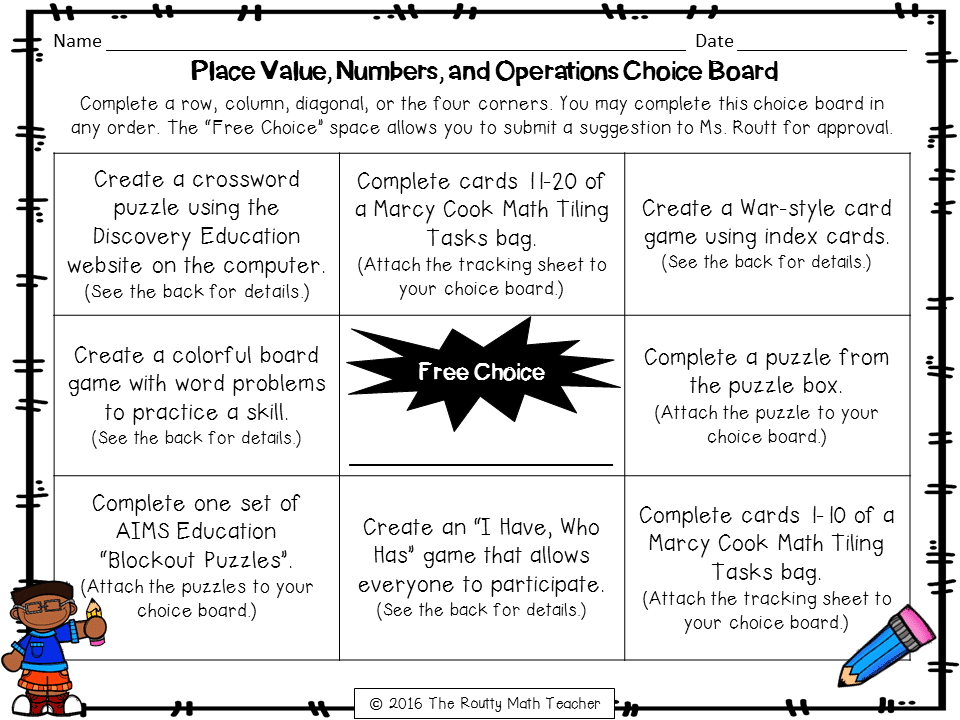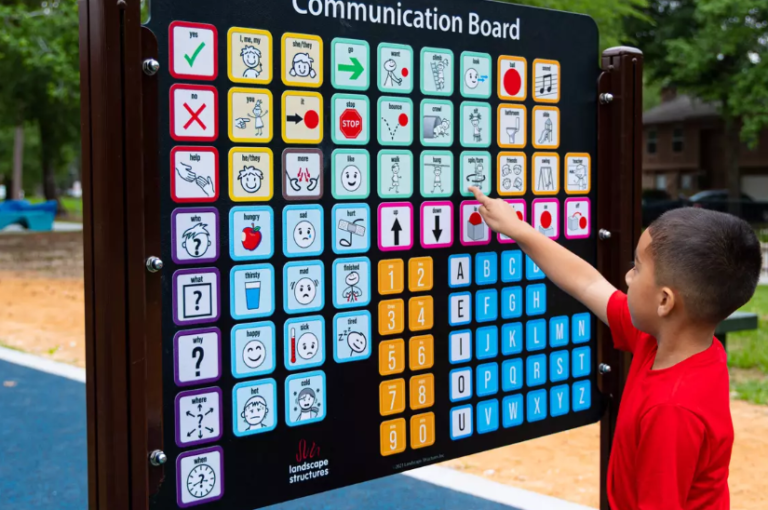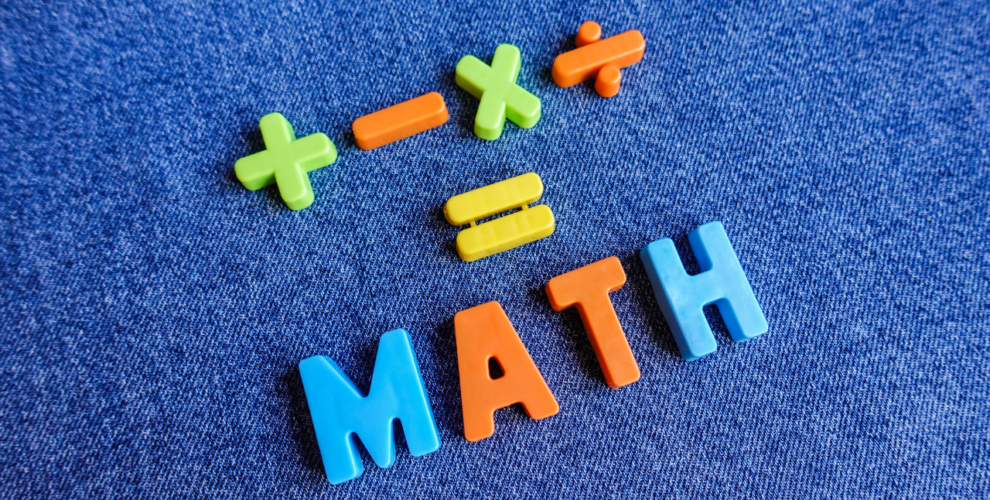How to Approach Differentiating Instruction in Mathematics:
- Focus Instruction on Key Concepts
- One of the most effective ways to differentiate in mathematics is to focus on the key concepts (*big ideas) rather than a narrow, specific curricular outcome.
- To do this try to cluster specific curricular outcomes and use them as learning goals over a few lessons (if this isn’t already done via a curricular continua (ex: Comox Valley Schools – School District No. 71 curricular continua).
- Examine curricular outcomes in other grade levels to understand what the key concepts are (ex: meanings of multiplication)
- “It is impossible to differentiate too narrow an idea, but it is always possible to differentiate instruction focused on a bigger idea” (Small and Lin, 4)
- Use Instructional Trajectory or Learning Landscape for Planning
- It is important to map out a sequence of instruction that identifies key mathematical concepts (clustered specific outcomes) that students need to learn.
- This allows Teachers to easily pre-assess students readiness, recognize their mathematical thinking/talents and plan out a sequence of instruction for students that aligns with where the student is at in that sequence.
- Provide Choice
- If a teacher is uncomfortable with differentiating instruction in the “main lesson” they can always provide some choice in follow up activities where students practice the ideas that have been taught.
- Example of differentiating practice activities:
- Math Menus– student chooses from an array of tasks
- Tiered lesson– teacher teaches to whole group then varies follow-up for different students.
- Learning stations/centers– students attempt different tasks
- Example of differentiating practice activities:

References:
More Good Questions: Great Ways to Differentiate Secondary Mathematics Instruction, by Marian Small and Amy Lin, Hawker Brownlow Education, 2011, pp. 1–10.
“Differentiating Mathematics Instruction.” Jessica Kanold-McIntyre, Solution Tree Blog, 26 Feb. 2019, www.solutiontree.com/blog/how-to-differentiate-math-instruction/.
“Differentiating Mathematics Instruction.” The Literacy and Numeracy Secretariat Government of Ontario, Capacity Building Series, Government of Ontario, Sept. 2008, www.edu.gov.on.ca/eng/literacynumeracy/inspire/research/capacityBuilding.html.








